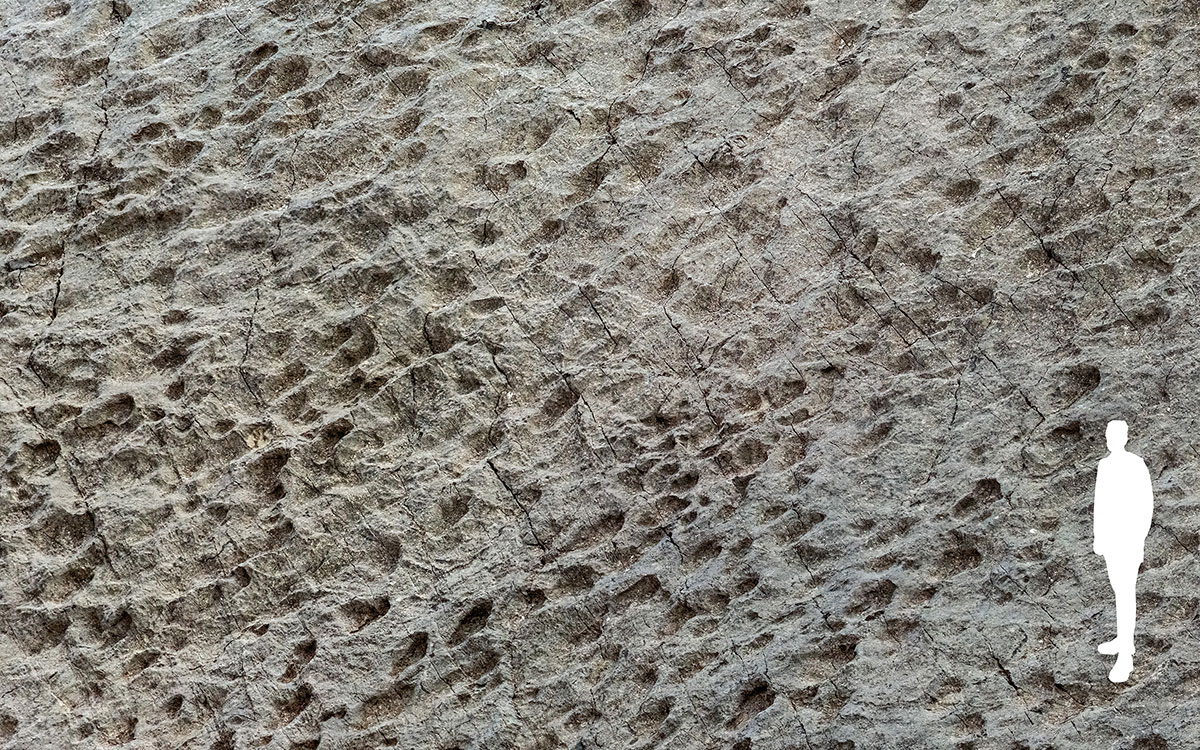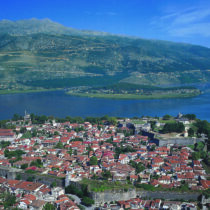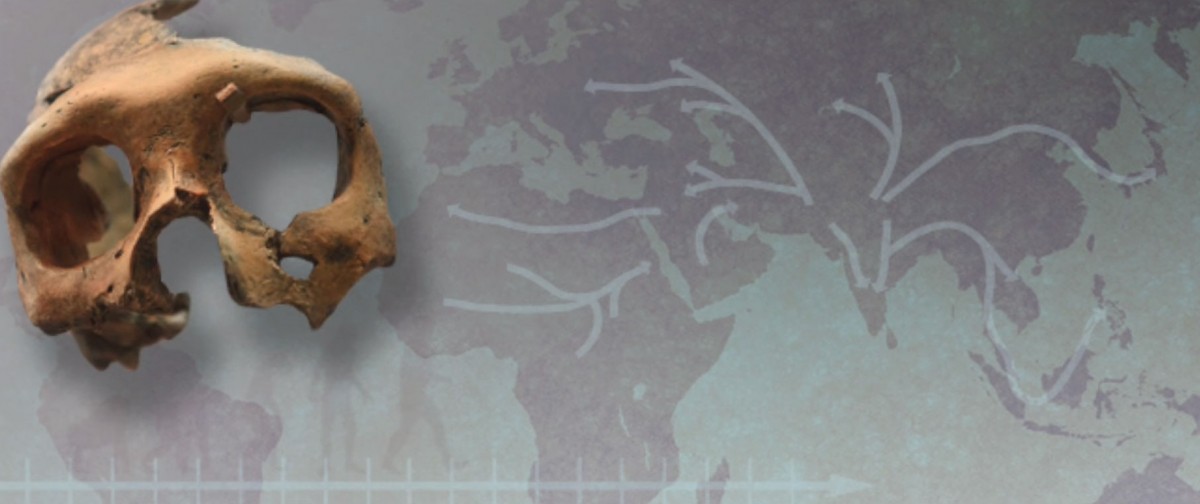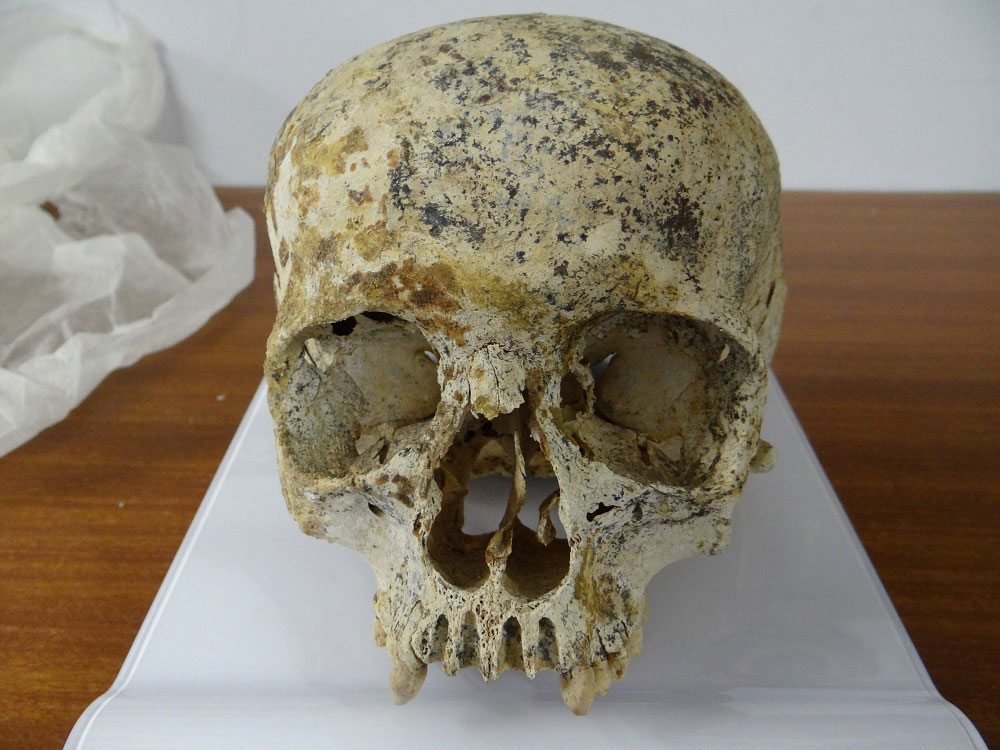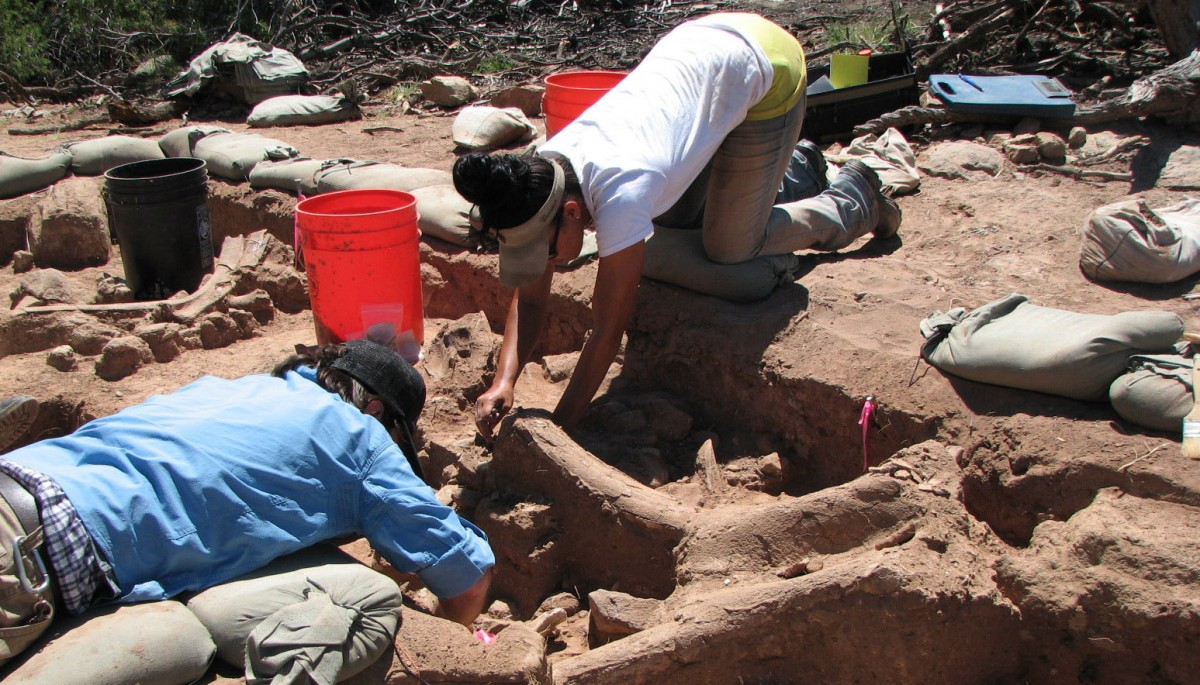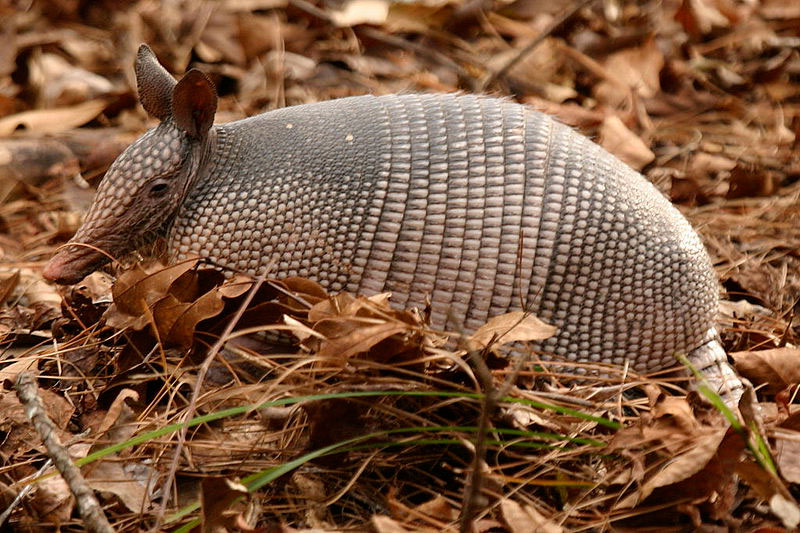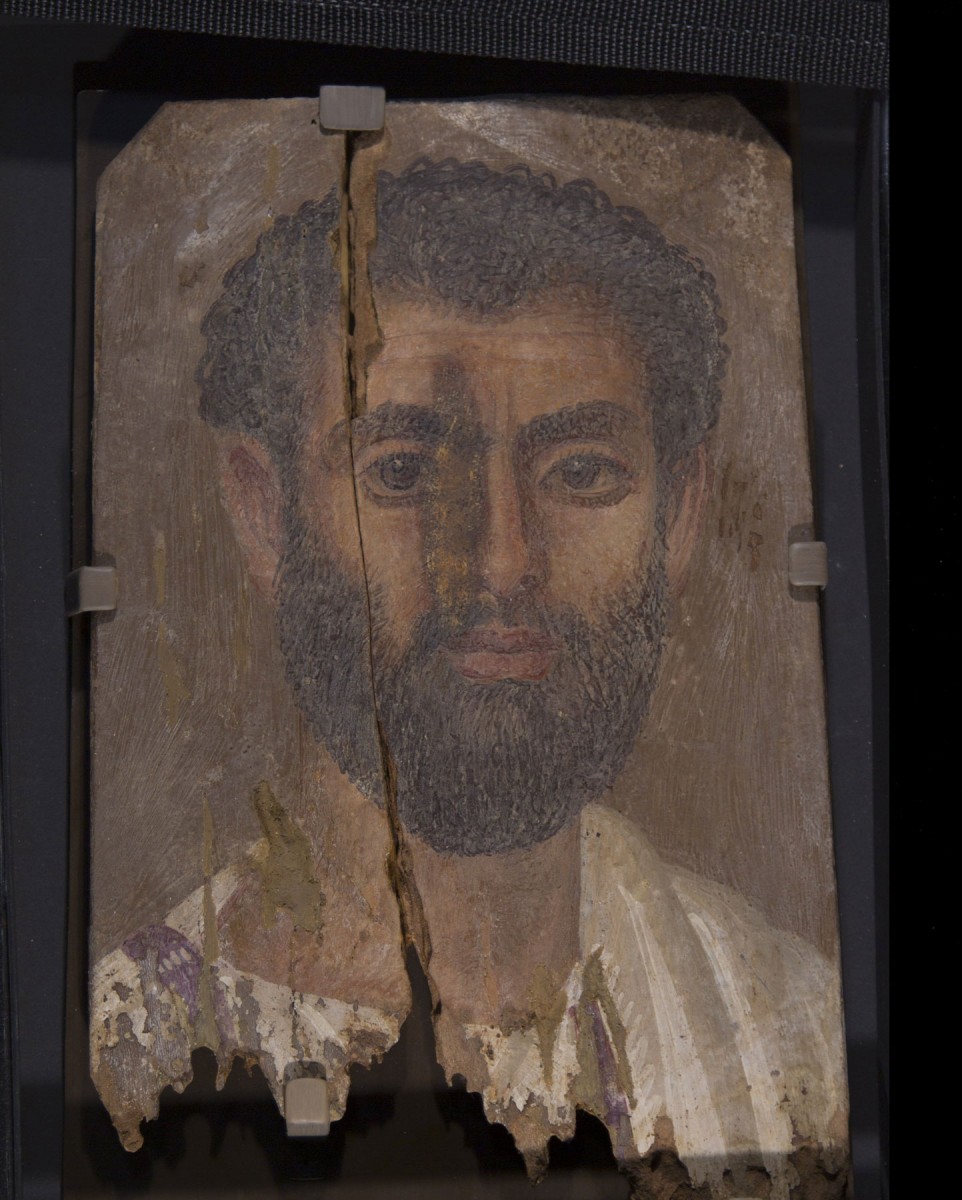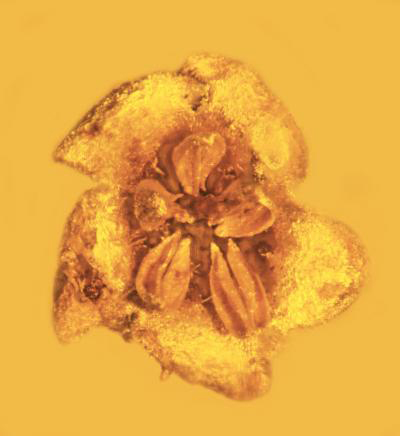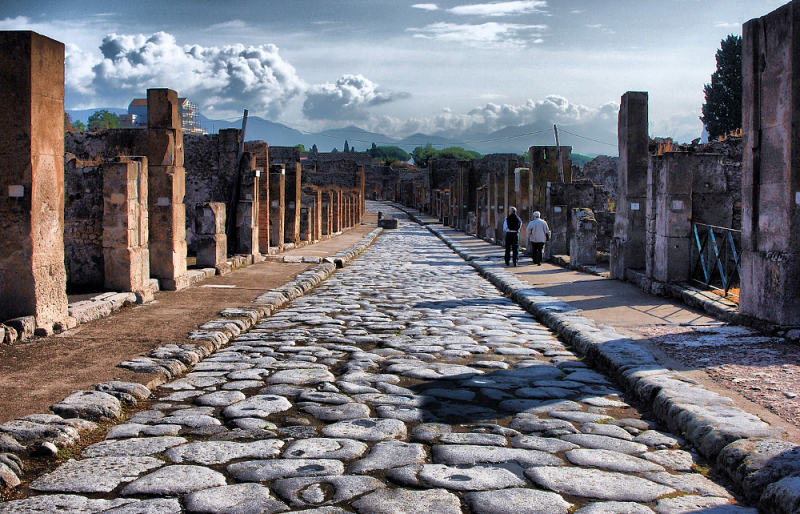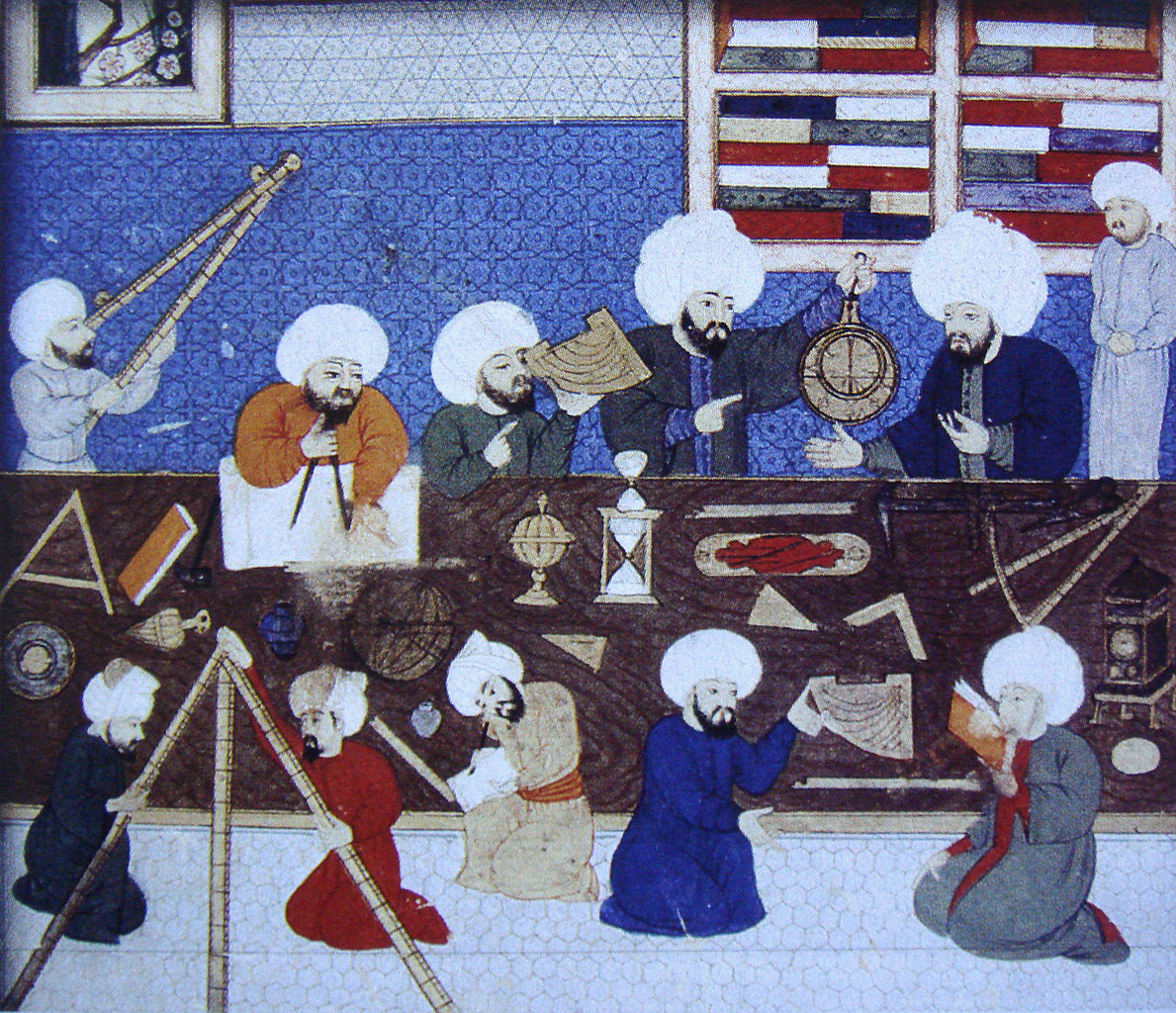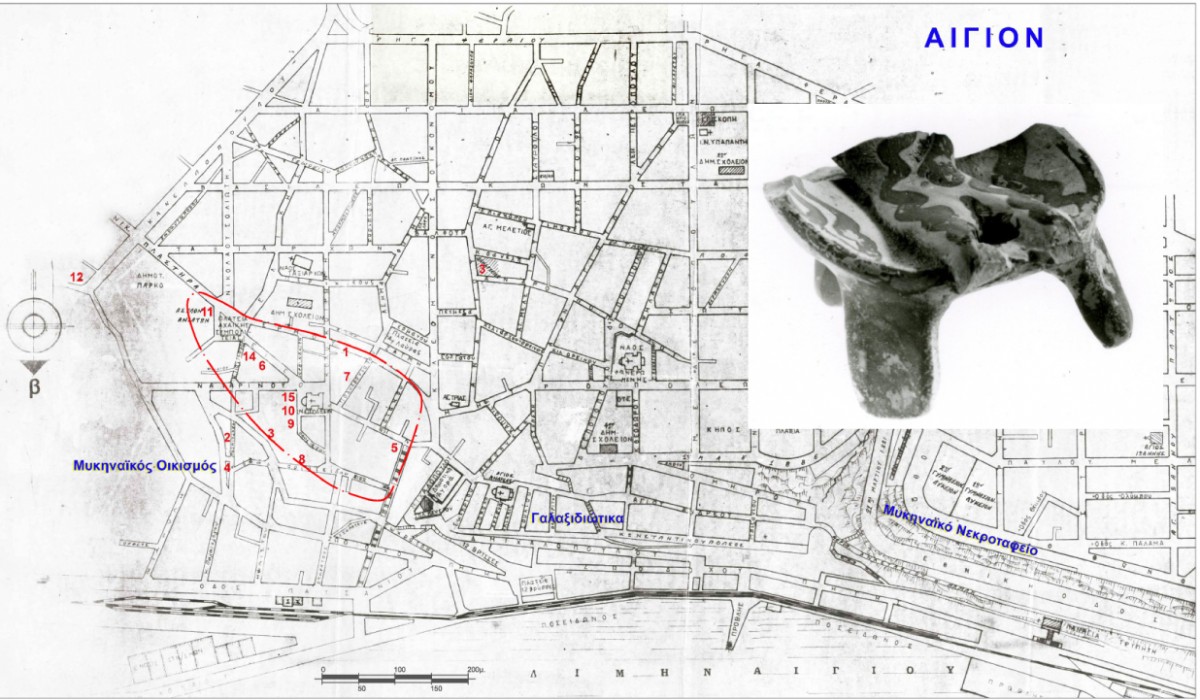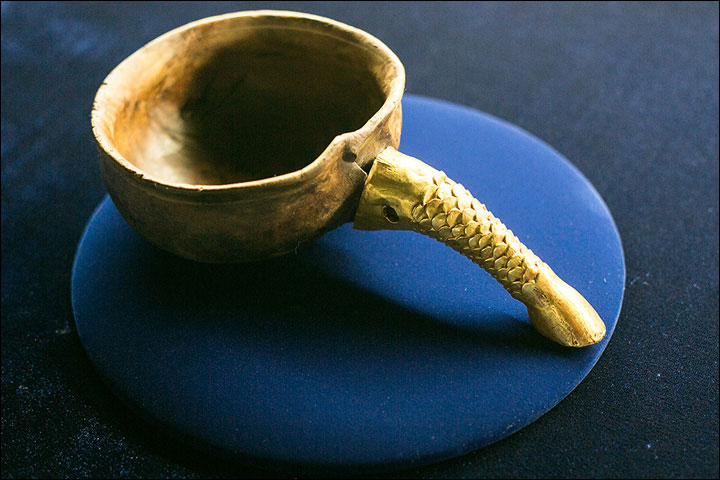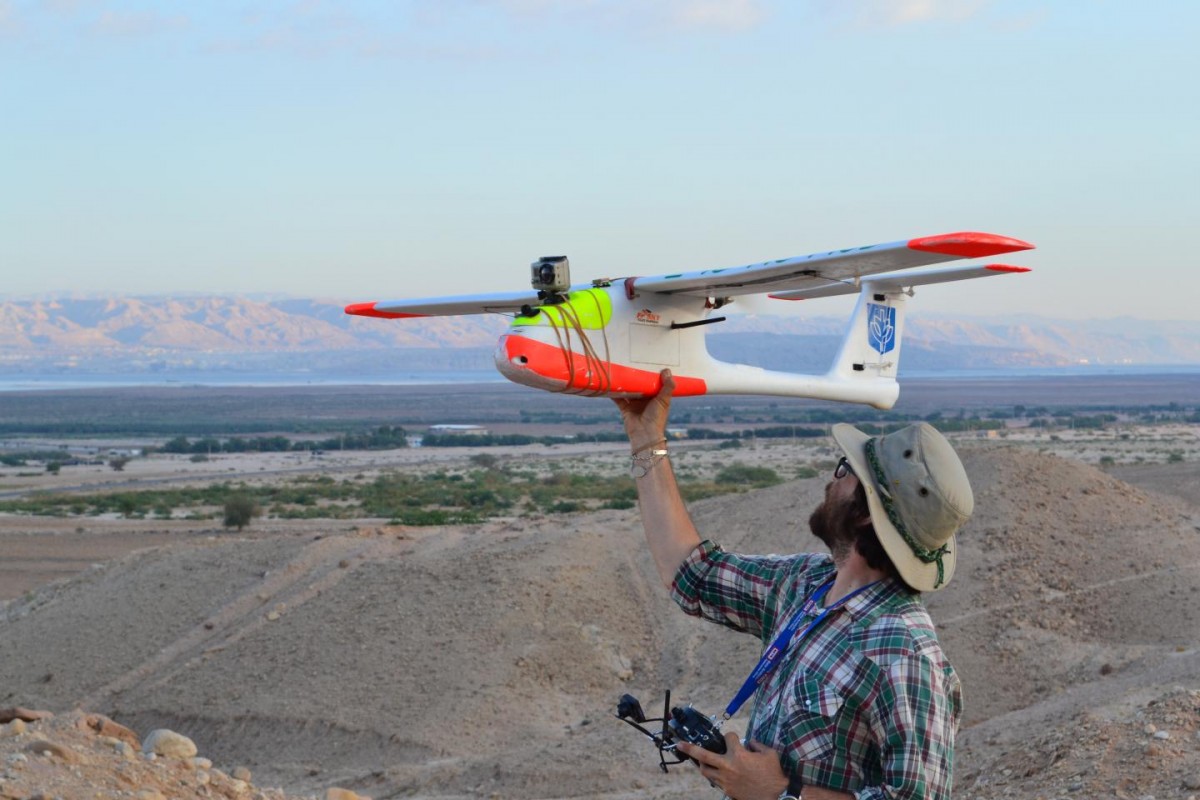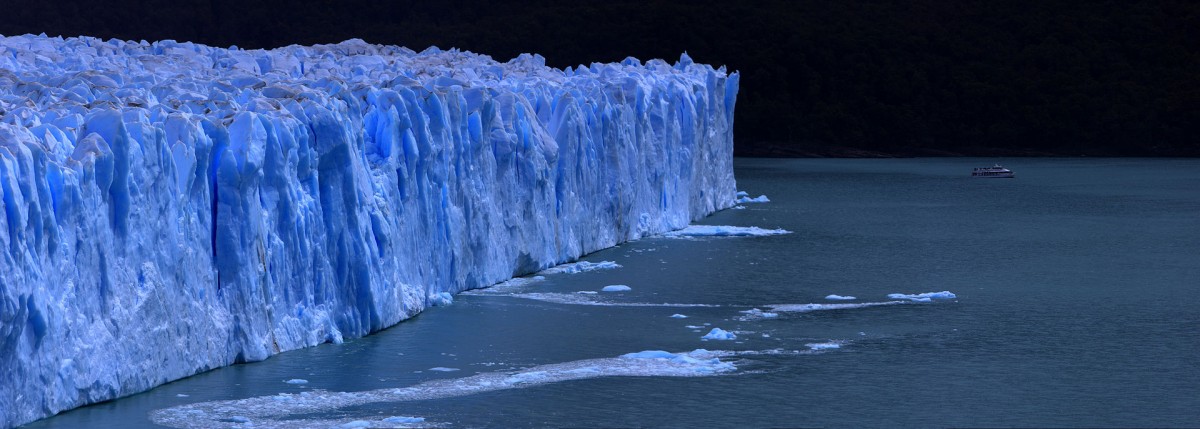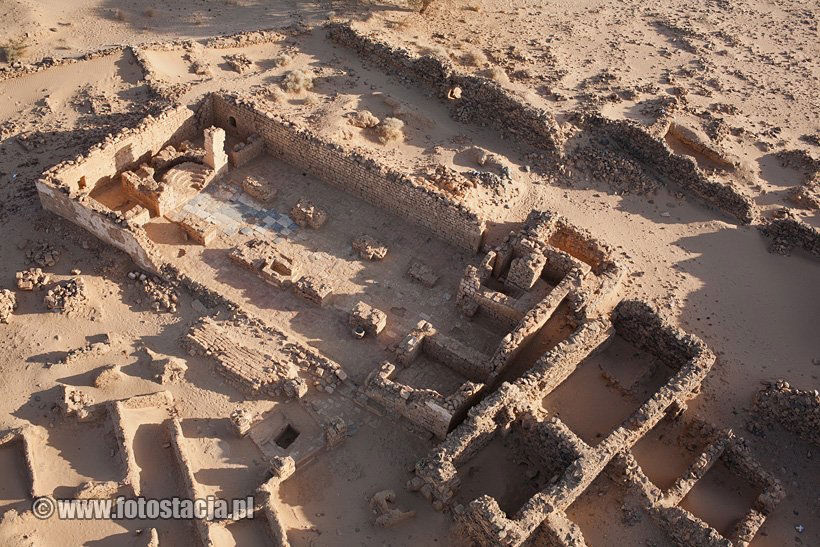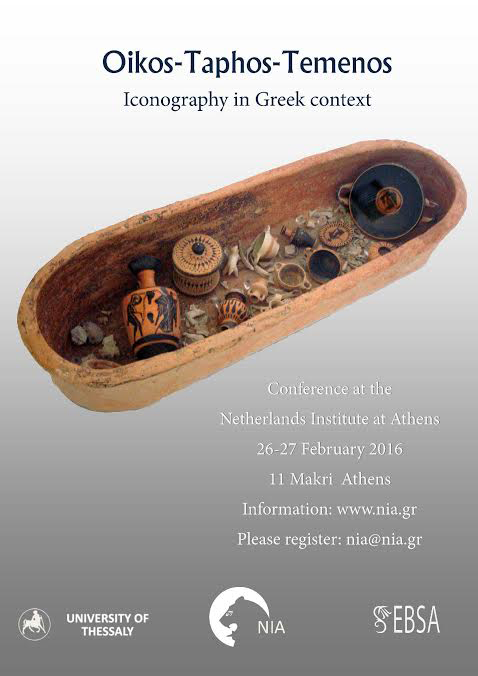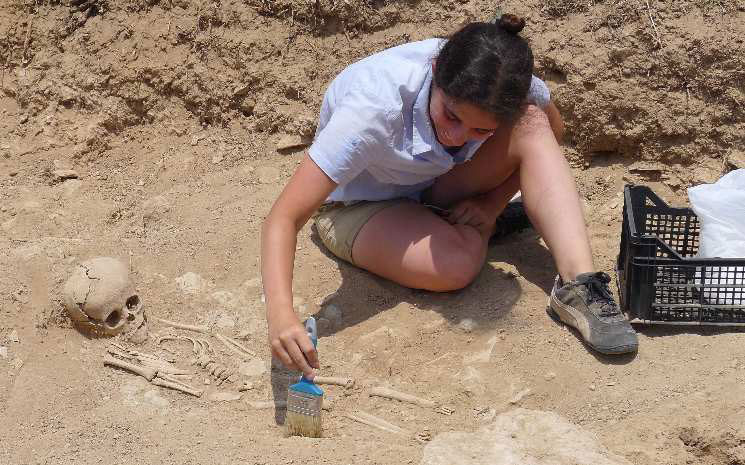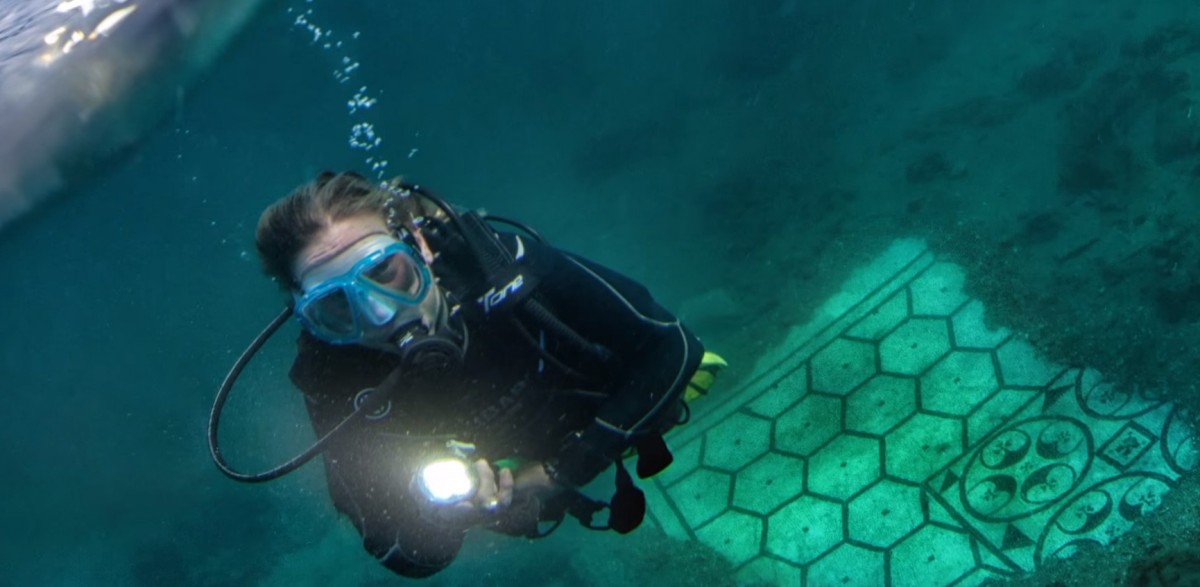Neanderthals mated with modern humans much earlier than previously thought
First genetic evidence of a scenario in which early modern humans left the African continent and mixed with archaic (now-extinct) members of the human family prior to the migration “out of Africa”.
Atheism is as natural to humans as religion, ancient history suggests
People in the ancient world did not always believe in the gods, a new study suggests – casting doubt on the idea that religious belief is a “default setting” for humans.
Bronze Age human remains come under scrutiny by archaeologist
The remains of a young woman who died more than 3,700 years ago, found in 1987, should be examined with new technologies, archaeologist Maya Hoole claims.
Recreating the Throne of Egyptian Queen Hetepheres
An interdisciplinary collaboration at Harvard University has created a full-scale reproduction of an ancient throne belonging to Queen Hetepheres.
Eternal 5D data storage could record the history of humankind
Scientists at the University of Southampton have made a major step forward in the development of digital data storage that is capable of surviving for billions of years.
Second Clovis people kill site found in New Mexico
It began with a man walking along a shallow wash near Abiquiu, New Mexico one afternoon and noticing some flakes of what looked like bone.
Rooting the family tree of placental mammals
The roots of the mammalian family tree have long been shrouded in mystery – when did the placental mammals go their separate ways?
Detective scientists discover ancient clues in mummy portraits
For example, scientists found that the iron-earth pigments most likely came from Keos in Greece, the red lead from Spain and the wood substrate on which the portraits are painted came from central Europe.
Ancient flowering plant was beautiful, but probably poisonous
Researchers announced in the journal Nature Plants the discovery of the first-ever fossil specimens of an "asterid" — a family of flowering plants that gave us everything from the potato to tomatoes, tobacco, petunias and our morning cup of coffee.
Save the archaeological heritage of Italy!
The Italian Ministry of Cultural Heritage is undertaking a radical reform of the legal system which protects the archeological monuments. Italian archaeologists invite the Ministry to withdraw the proposed decree.
From washing machines to computers…
Many inventions that we typically think of as modern actually have precedents dating back over 1000 years.
Mycenaean Aigion: The puzzle of rescue excavations in a modern city
Dr Papazoglou-Manioudaki's paper about the Mycenaean Aigion will be presented at the 4th meeting of the Mycenaean Seminar, on Thursday, February 25, 2016.
An overview of the rich tomb in Tuva
The Siberian Times have published a detailed overview of the contents and information retrieved by archaeologists at the Arzhan 2 tomb in the Republic of Tuva.
Drones for research: DePaul University archaeologist to explain UAV use at Fifa
The use of unmanned aerial vehicles —drones— to document and monitor a ravaged landscape on the Dead Sea Plain in Jordan for the past three years reveals that looting continues at the site.
New appreciation for human microbiome leads to greater understanding of human health
University of Oklahoma anthropologists are studying the ancient and modern human microbiome and the role it plays in human health and disease.
Catastrophic failure of ice age dam changed ocean circulation and climate
The catastrophic release of fresh water from a vast South American lake at the end of the last Ice Age was significant enough to change circulation in the Pacific Ocean, according to new research co-authored by a PhD student from the University of Bristol.
Sudan Archaeology from a Greco-Roman Perspective (Part 3)
"Nubia was an integral part of the Byzantine ecumene. Thanks to their ambitious rulers, the Nubian kingdoms formed a part of the Mediterranean world", Artur Obłuski about contacts between the Greco-Roman world and Nubia.
Medieval coins found in Denmark
Coins dating about 700 years back were detected in a field in Jutland, Denmark.
Conference: Oikos-Taphos-Temenos
The focus of this conference will be the iconography of Athenian vases found in Greek contexts.
Fabrika Hill: Excavations of the Roman house
2015 excavations by “Mission Archéologique Française à Paphos” (MafaP) at Fabrika Hill, Cyprus, have been completed.
South Africa’s Sterkfontein Caves produce 2 new hominin fossils
Specimens from the Homo genus can be associated with early stone tools dated to 2.18 million years ago.
Monumental Roman arcade found in Britain
A Roman arcade, the largest one in Britain, has been uncovered in Colchester, at a construction site of a new apartment block.
Light and manganese to discover the source of submerged Roman marble
The Roman Emperors used to spend their summers in the city of Baia, near Naples. With the passage of time, however, the majority of their luxury villas became immersed under water.
AIA and SCS Joint Annual Meeting 2017: Call for Papers
The Call for Papers for the 2017 Annual Meeting in Toronto, Canada has been posted!
